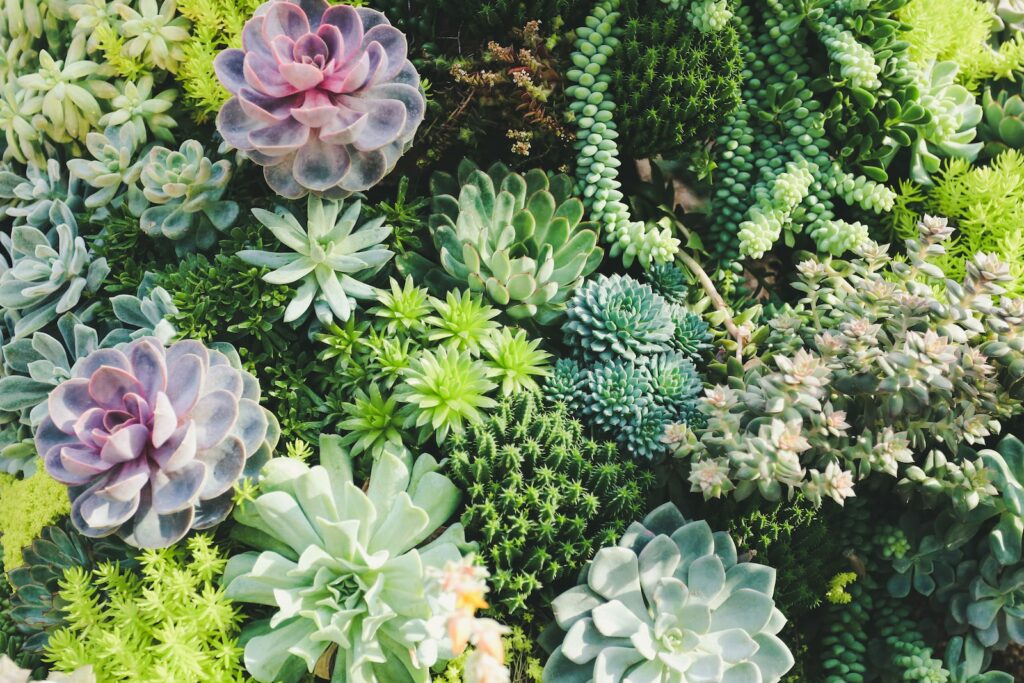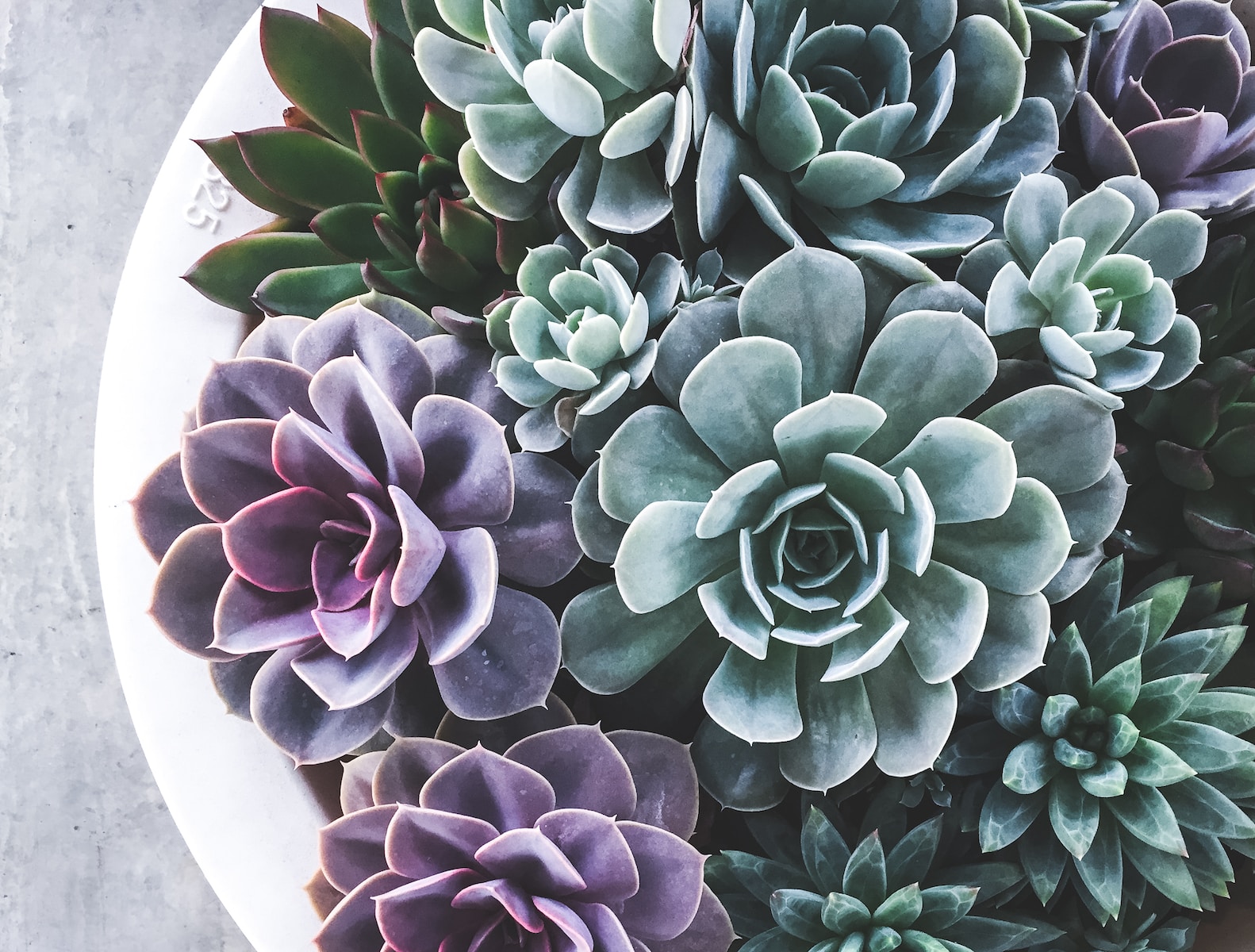Welcome to “Savor the Succulents: A Guide to Succulent Photography”! If you find joy in succulents, have a passion for plants, and love capturing beautiful moments through photography, then you’re in the right place. Join us on this journey as we explore techniques and tips for taking stunning photos of succulents. Whether you’re an experienced photographer or just starting out, this guide will equip you with the knowledge and inspiration to create breathtaking images that truly showcase the beauty of these fascinating plants.
Table of Contents
Understanding Succulents
Before diving into the world of succulent photography, it’s important to have a basic understanding of these unique plants. Succulents are known for their ability to store water in their leaves, stems, and roots, making them drought-tolerant and perfect for arid climates. They come in various shapes, sizes, and colors, making them a visual delight for any photographer. By familiarizing yourself with different varieties and their characteristics, you’ll be able to appreciate their beauty even more.
Types of Succulents
Succulents come in an array of types, each with its own distinct features. From the popular Echeverias with their rosette-shaped leaves to the spiky Aloe Vera plants known for their medicinal properties, there’s a succulent for every preference. Understanding the characteristics and growth patterns of different succulent species will help you compose better shots and showcase their unique qualities.
Finding the Perfect Succulent
With their rising popularity, succulents can be easily found at nurseries, garden centers, and even online shops. When selecting succulents for your photography sessions, consider factors such as color, texture, and symmetry. Look for plants with vibrant hues and interesting leaf shapes that will add visual interest to your photos. Don’t be afraid to mix and match different succulent varieties to create captivating compositions.
The Art of Succulent Photography
Now that you have a solid understanding of succulents, it’s time to delve into the art of succulent photography. Here, we’ll explore various techniques, composition tips, and post-processing tricks that will take your succulent photos to the next level.
Lighting: Harnessing Natural Beauty
Lighting plays a crucial role in photography, and succulents are no exception. By capturing succulents in natural light, you can emphasize their textures, colors, and intricate details. Early morning or late afternoon light tends to be softer, creating a gentle glow that beautifully showcases the plant’s features. Experiment with backlighting, sidelighting, and diffused lighting to add depth and drama to your succulent photos.
Composition: Creating Visual Harmony
Compose your succulent shots with purpose and intention. Explore different angles, perspectives, and framing techniques to create visually pleasing images. Utilize the rule of thirds for balanced compositions, and experiment with leading lines and diagonals to guide the viewer’s eye through the photo. Remember, the goal is to capture the essence of the succulent and create a captivating image that tells a story.
Did you know that some succulents can go without water for several months?
Macro Photography: Zooming In on Details
When it comes to succulent photography, macro shots can be truly mesmerizing. Get up close and personal with your subject, capturing the intricate details and textures that make succulents so fascinating. Use a macro lens or extension tubes to achieve the desired level of magnification and ensure sharp focus. Experiment with different aperture settings to control the depth of field and highlight specific elements of the succulent.
Post-processing and Editing
Even the most stunning succulent photos can benefit from some post-processing magic. In this section, we’ll explore different editing techniques and software to enhance your succulent images and make them truly stand out.
Color Correction: Bringing Out Vibrancy
Adjusting the color balance of a photograph can significantly impact its overall appearance. Use photo editing software to fine-tune hues, intensify colors, and bring out the vibrancy of your succulent shots. Experiment with temperature, saturation, and selective color adjustments to achieve the desired look and create images that truly pop.
Sharpening and Detail Enhancement
To make your succulent photos crisp and visually striking, apply sharpening techniques during post-processing. Enhance the intricate details of the succulent’s texture and structure by carefully adjusting the sharpening settings. Be mindful of not overdoing this step, as excessive sharpening can introduce artifacts and make the photo appear unnatural.
Creative Editing: Adding a Personal Touch
Lastly, unleash your creativity by experimenting with advanced editing techniques. From creating artistic black and white conversions to adding selective vignettes or dreamy blur effects, the possibilities are endless. Let your unique style shine through in your succulent photographs, making them a true reflection of your passion for both plants and photography.
Embark on this enchanting journey of succulent photography and witness the magic that unfolds when nature meets art. With the knowledge and techniques shared in this guide, you’ll be able to create captivating images that showcase the breathtaking beauty of succulents. So grab your camera, dive into the world of succulents, and let your creativity bloom!

Succulent Photography: Tips and Techniques
Whether you’re an aspiring photographer or a succulent enthusiast, capturing stunning photos of these beautiful plants can be a rewarding and enjoyable experience. In this guide, we will walk you through some essential tips and techniques that will help you master the art of succulent photography.
1. Lighting is Key
When photographing succulents, lighting plays a crucial role in bringing out their intricate details and colors. Natural light is ideal, so try to shoot during the early morning or late afternoon when the sun is softer. Avoid harsh, direct sunlight as it can create unwanted shadows and wash out the colors of your subjects.
2. Set the Scene
Creating an appealing composition is vital for capturing captivating photos of succulents. Consider the background and props to add interest and tell a story. Experiment with different textures, such as rocks, pebbles, and dried leaves, to complement the unique textures of the succulents themselves.
3. Focus on Details
Succulents have remarkable details that make them incredibly photogenic. Use a macro lens or feature on your camera to capture the intricate patterns, textures, and shapes of the succulent leaves. Zoom in close to highlight the small spines, water-storing leaves, or even the delicate, blooming flowers.
4. Experiment with Angles and Perspectives
Don’t be afraid to explore different angles and perspectives when photographing succulents. Get down low or shoot from above to capture unique viewpoints. Try capturing the succulents from different angles to showcase their multidimensional nature and create visually appealing compositions.
5. Play with Depth of Field
By manipulating the depth of field, you can create striking images that isolate the subject and blur the background. Use a wide aperture (low f-stop number) to achieve a shallow depth of field, where the succulent stands out in sharp focus while the background melts into a pleasing blur.
6. Capture the Lifecycle
From tiny sprouts to fully grown plants, succulents go through various stages of growth. Documenting their lifecycle can add a narrative element to your photography. Capture close-up shots of new leaves unfurling, blossoms blooming, and even the weathering and aging process to tell a captivating story.
7. Edit with Precision
Post-processing is often the final touch to bring out the best in your succulent photos. Use editing software to enhance colors, adjust exposure if needed, and sharpen the details. However, be careful not to overdo it – aim for a natural look that enhances the beauty of the succulents.
Frequently Asked Questions
1. How do I start photographing succulents?
To start photographing succulents, you will need a reliable camera and a basic understanding of photography techniques. Invest in a quality camera that allows you to manually adjust settings like aperture, ISO, and shutter speed.
2. What are some tips for capturing stunning succulent photos?
Here are a few tips for capturing stunning succulent photos:
- Choose the right lighting: Opt for natural light or soft diffused light for best results.
- Experiment with angles: Explore different angles to find the most interesting perspectives.
- Focus on the details: Succulents often have intricate patterns and textures, so zoom in for close-up shots.
- Play with depth of field: Use a wide aperture to create a shallow depth of field and make your subject stand out.
- Get creative with composition: Try different compositions, such as framing your succulent against a contrasting background or using leading lines.
3. What camera settings should I use for succulent photography?
Camera settings can vary depending on the specific situation, but here are some general settings to consider:
- Aperture: Use a larger aperture (smaller f-number) to achieve a shallow depth of field and blur the background.
- ISO: Choose a lower ISO setting to minimize noise and maintain image quality.
- Shutter Speed: Adjust the shutter speed to control the exposure and capture any movement.
4. How can I enhance the colors of my succulent photos?
To enhance the colors of your succulent photos, you can make use of post-processing software like Adobe Lightroom or Photoshop. Adjustments to saturation, contrast, and white balance can help bring out the vibrant colors of the succulents.
5. Can I use a smartphone for succulent photography?
Absolutely! Smartphones nowadays have advanced camera capabilities. While they may not offer the same level of control as a DSLR camera, you can still capture great succulent photos with your smartphone. Just remember to tap on the screen to focus and experiment with composition and lighting.
Wrap Up
Now that you are equipped with the knowledge of capturing stunning succulent photos, it’s time to put your skills to the test. Remember, practice makes perfect! Take your camera and head out into nature, seeking out the unique beauty of succulent plants. Experiment with different angles, lighting, and compositions to truly capture their essence.
We hope this guide has inspired you to explore the mesmerizing world of succulent photography. Don’t forget to share your stunning shots with us and leave a comment below to let us know about your experiences and any tips you’d like to add. Let’s continue to savor the beauty of succulents together!
